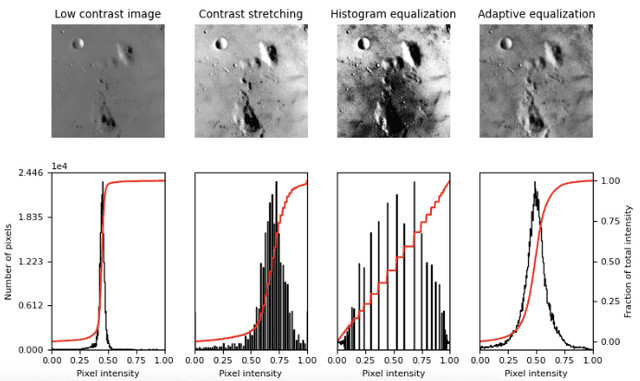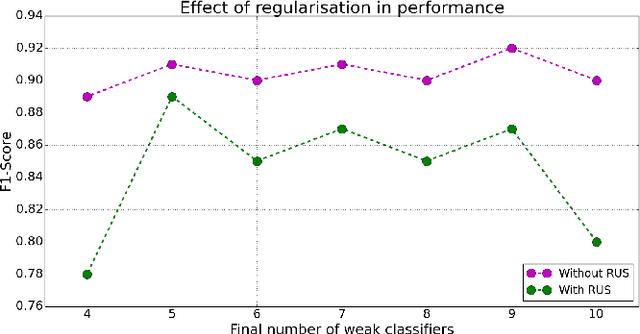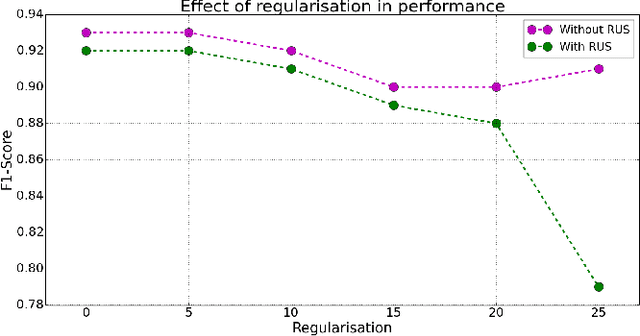Aizea Lojo
Ali-AUG: Innovative Approaches to Labeled Data Augmentation using One-Step Diffusion Model
Oct 24, 2024



Abstract:This paper introduces Ali-AUG, a novel single-step diffusion model for efficient labeled data augmentation in industrial applications. Our method addresses the challenge of limited labeled data by generating synthetic, labeled images with precise feature insertion. Ali-AUG utilizes a stable diffusion architecture enhanced with skip connections and LoRA modules to efficiently integrate masks and images, ensuring accurate feature placement without affecting unrelated image content. Experimental validation across various industrial datasets demonstrates Ali-AUG's superiority in generating high-quality, defect-enhanced images while maintaining rapid single-step inference. By offering precise control over feature insertion and minimizing required training steps, our technique significantly enhances data augmentation capabilities, providing a powerful tool for improving the performance of deep learning models in scenarios with limited labeled data. Ali-AUG is especially useful for use cases like defective product image generation to train AI-based models to improve their ability to detect defects in manufacturing processes. Using different data preparation strategies, including Classification Accuracy Score (CAS) and Naive Augmentation Score (NAS), we show that Ali-AUG improves model performance by 31% compared to other augmentation methods and by 45% compared to models without data augmentation. Notably, Ali-AUG reduces training time by 32% and supports both paired and unpaired datasets, enhancing flexibility in data preparation.
Towards Active Participant-Centric Vertical Federated Learning: Some Representations May Be All You Need
Oct 23, 2024Abstract:Vertical Federated Learning (VFL) enables collaborative model training across different participants with distinct features and common samples, while preserving data privacy. Existing VFL methodologies often struggle with realistic data partitions, typically incurring high communication costs and significant operational complexity. In this work, we introduce a novel simplified approach to VFL, Active Participant-Centric VFL (APC-VFL), that, to the best of our knowledge, is the first to require only a single communication round between participants, and allows the active participant to do inference in a non collaborative fashion. This method integrates unsupervised representation learning with knowledge distillation to achieve comparable accuracy to traditional VFL methods based on vertical split learning in classical settings, reducing required communication rounds by up to $4200\times$, while being more flexible. Our approach also shows improvements compared to non-federated local models, as well as a comparable VFL proposal, VFedTrans, offering an efficient and flexible solution for collaborative learning.
Quantum artificial vision for defect detection in manufacturing
Aug 09, 2022



Abstract:In this paper we consider several algorithms for quantum computer vision using Noisy Intermediate-Scale Quantum (NISQ) devices, and benchmark them for a real problem against their classical counterparts. Specifically, we consider two approaches: a quantum Support Vector Machine (QSVM) on a universal gate-based quantum computer, and QBoost on a quantum annealer. The quantum vision systems are benchmarked for an unbalanced dataset of images where the aim is to detect defects in manufactured car pieces. We see that the quantum algorithms outperform their classical counterparts in several ways, with QBoost allowing for larger problems to be analyzed with present-day quantum annealers. Data preprocessing, including dimensionality reduction and contrast enhancement, is also discussed, as well as hyperparameter tuning in QBoost. To the best of our knowledge, this is the first implementation of quantum computer vision systems for a problem of industrial relevance in a manufacturing production line.
 Add to Chrome
Add to Chrome Add to Firefox
Add to Firefox Add to Edge
Add to Edge